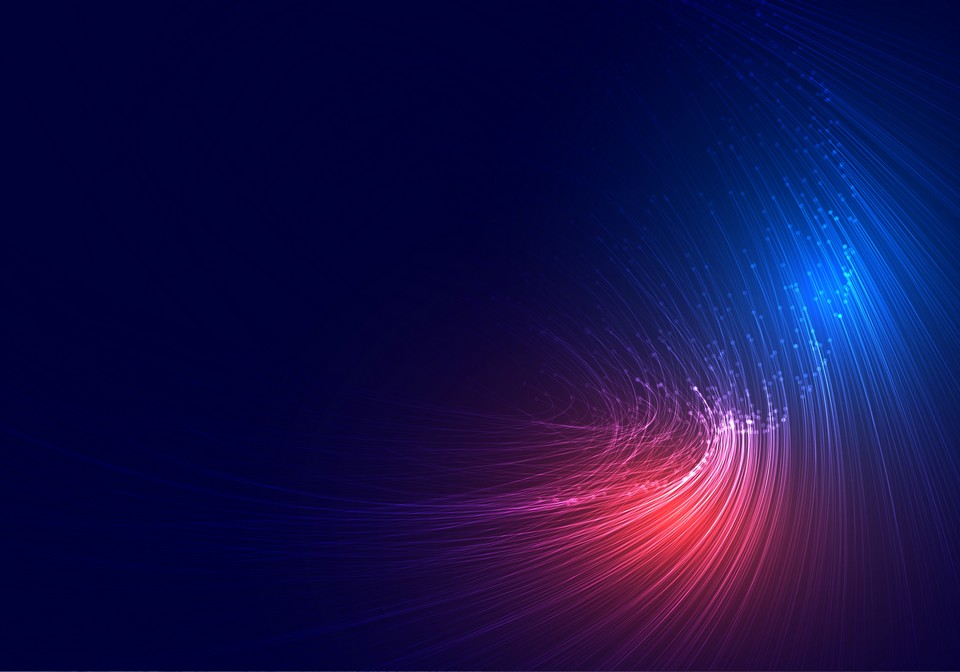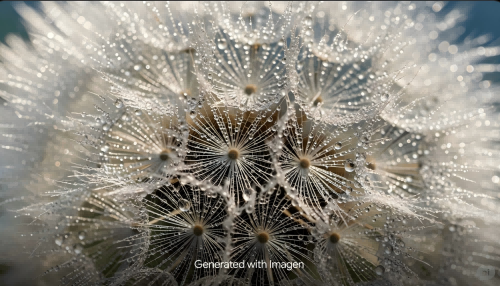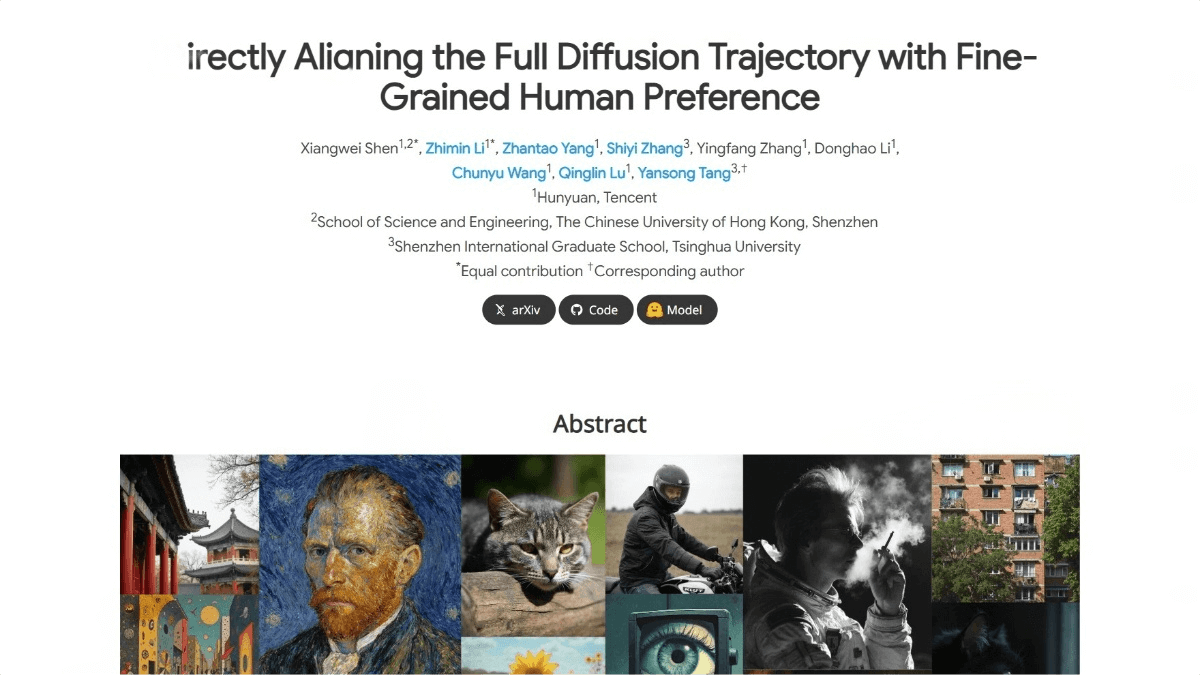UNO – An Innovative AI Image Generation Framework Launched by ByteDance
What is UNO?
UNO is an innovative AI image generation framework introduced by ByteDance, breaking through the limitations of traditional models in multi-subject generation. Utilizing a “few-to-many” generalization approach, it can generate high-quality single-subject and multi-subject images, effectively addressing the consistency challenges in multi-subject scenarios. UNO generates highly consistent multi-subject data based on diffusion transformers and employs a progressive cross-modal alignment technique, training the model in stages to progressively enhance the generation quality. It introduces a universal rotational positional embedding (UnoPE), supporting the generation of images with various resolutions and aspect ratios.

The main functions of UNO
- Single-subject Custom Generation: UNO can generate images that maintain the same subject features but are placed in different scenarios, poses, or styles based on a reference image.
- Multi-subject Combination Generation: UNO can take multiple reference images as input and generate a new image that includes all the referenced subjects.
- Virtual Try-on and Product Display: UNO supports virtual try-on functionality, allowing specific products (such as clothing, accessories, etc.) to be placed on different character models to showcase their effects. Products can also be placed in various scenarios while maintaining their original features.
- Stylized Generation: UNO can perform style transfer on reference subjects to generate images in different styles.
- Powerful Generalization Ability: UNO demonstrates strong generalization capabilities across multiple tasks, adapting to various application scenarios. It can handle single-subject and multi-subject-driven image generation and generalize to scenarios such as ID, try-on, and style.
The Technical Principles of UNO
- Highly Consistent Data Synthesis Pipeline: UNO leverages the intrinsic contextual generation capabilities of Diffusion Transformers to generate highly consistent multi-subject paired data. It can automatically create large-scale, high-quality training data, addressing the challenge of data acquisition.
- Progressive Cross-Modal Alignment: UNO adopts a progressive cross-modal alignment strategy, dividing the training process into two stages:
◦ Stage 1: Fine-tune a pre-trained text-to-image (T2I) model using data generated from single-subject contexts, enabling it to handle single-subject-driven generation tasks.
◦ Stage 2: Introduce multi-subject data for continued training, enhancing the model’s ability to handle complex scenarios. Through this step-by-step alignment process, the model can better adapt to generation tasks ranging from single-subject to multi-subject scenarios. - Universal Rotational Position Embedding (UnoPE): UNO introduces Universal Rotational Position Embedding (UnoPE), which effectively addresses the attribute confusion problem when extending visual subject control. UnoPE assigns specific position indices to text and image tokens, regulating the interaction between multimodal tokens. This enables the model to focus on extracting layout information from text features, improving subject similarity while maintaining good text controllability.
- Model Architecture: UNO is built upon the open-source model FLUX.1 dev, inheriting its text-to-image generation capabilities and multimodal attention mechanisms, while adopting a universal customization model framework. This allows the model to iterate training from text-to-image models. Through its unique progressive cross-modal alignment and Universal Rotational Position Embedding mechanisms, UNO achieves high consistency and controllability in both single-subject and multi-subject driven generation.
- Data Management and Model Evolution: UNO adopts a new “model-data co-evolution” paradigm, where the core idea is to use weaker models to generate training data for training stronger models. This enables the model to gradually adapt to diverse scenarios during training, effectively addressing complex situations that may arise in practical applications.
The project address of UNO
- Project official website: https://bytedance.github.io/UNO/
- Github repository: https://github.com/bytedance/UNO
- HuggingFace model: https://huggingface.co/bytedance-research/UNO
- arXiv technical paper: https://arxiv.org/pdf/2504.02160
Application scenarios of UNO
- Virtual Try-On: UNO can place different clothing, accessories, and other products on virtual human models to generate try-on effects in various scenarios.
- Product Design: In product design, UNO can place products in different backgrounds and scenes while maintaining the original features of the products, providing designers with more flexible design ideas.
- Creative Design: UNO can take multiple reference images as input and generate a new image that incorporates all the reference subjects.
- Personalized Content Generation: UNO can generate images that maintain the same subject features but are placed in different scenes, poses, or styles based on a single reference image.
- Character and Scene Design: UNO can provide powerful image generation support for game development, helping developers quickly create characters and scenes to inspire creativity.
© Copyright Notice
The copyright of the article belongs to the author. Please do not reprint without permission.
Related Posts

No comments yet...



